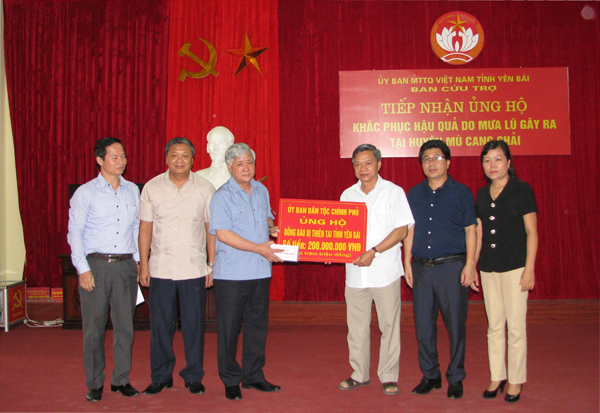The overall goal of the programme is building new-style rural areas with a view to lifting the material and spiritual living standards of people, developing proper social-economic infrastructure, and achieving proper economic restructure and production modes.
It also aims to combine agricultural development with that of urban areas, create a democratic, equal and stable rural society imbued with traditional cultural identities.
The programme’s specific goal is to have at least 50 percent of the number of communes throughout the country meeting the criteria of a new-style rural commune, and encourage each province and centrally-managed city to have at least one district completing the criteria of a new-style rural district.
The number of criteria completed by communes in the whole country on average must increase to 15 out of 19 and no commune should have completed less than five criteria.
Under the programme, necessary facilities like roads, electricity, clean water, schools and medical stations will be developed in order to meet the needs in the production and life of local people.
The quality of life of rural people will be improved with many production models providing stable jobs for people, and income will increase at least by 1.8-fold against 2015.
In order to achieve these goals, the first solution recommended is to continue wide communication campaigns on building new-style areas and organise emulation movements in building new-style areas from central to grassroots levels.
The next task is to continue perfecting the system of mechanisms and policies, review and perfect the set of criteria on building new-style areas, taking in all contents of the programme as well as reflecting the specific characteristics of each locality.
Policies for special areas will be built with priority given to indispensable infrastructure, directly serving production in the “Restructuring agricultural sector” project.
Delegating authority to communes will be promoted, as will creating favourable conditions for people and communities to be the real decision maker in the cause of building new-style areas, and transparency and accountability must be ensured during the implementation of the programme.
For the programme to be implemented successfully, it is necessary to diversify capital resources such as by combining the capital resources of the national target programme for sustainable poverty reduction and other projects in the locality.
Besides that, it is necessary to mobilise all available resources in localities for the implementation of the programme. Mobilising capital from enterprises for works with immediate turnover is one method, another would be allowing enterprises to borrow the State or province’s capital credit for investment and development.
Volunteer contributions from local people are also a source of capital mobilisation but the use of the donations should be approved by the communes’ people’s councils.
Total State investment capital for the programme is estimated to be at least 193,155.6 billion VND (8.66 billion USD), in which 63,155.6 billion VND will be from the central budget and 130,000 billion VND from local budgets.
(Source: www.molisa.gov.vn)
54 ETHNIC GROUPS
THỐNG KÊ TRUY CẬP
Số lượt truy cập hiện tại: 19
Tổng số truy cập:




